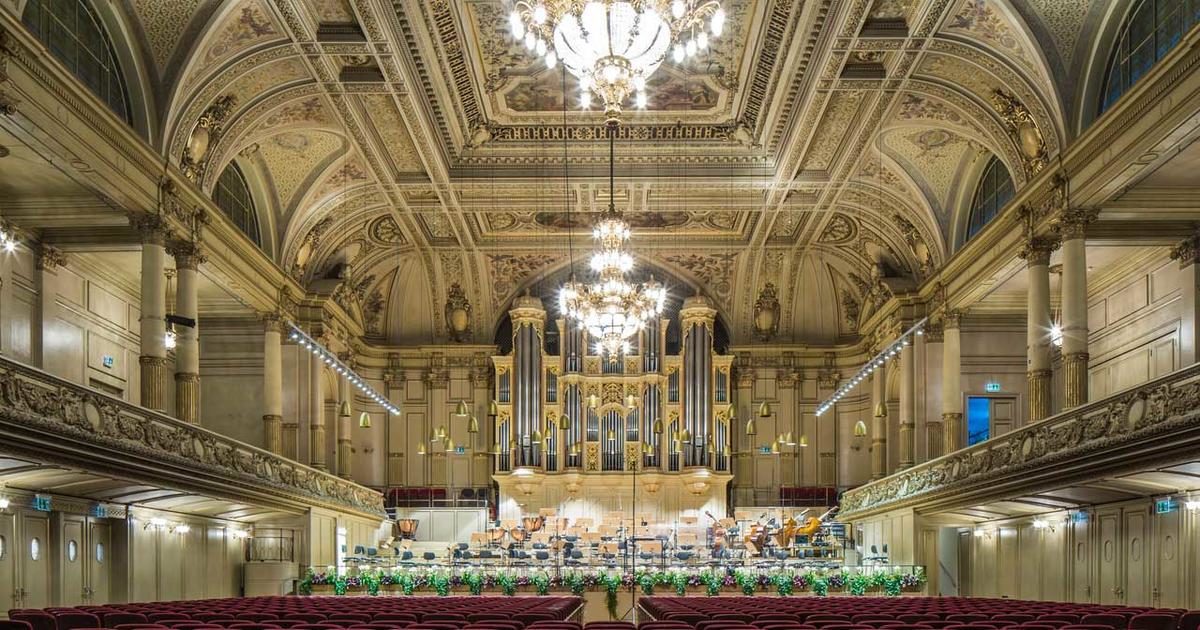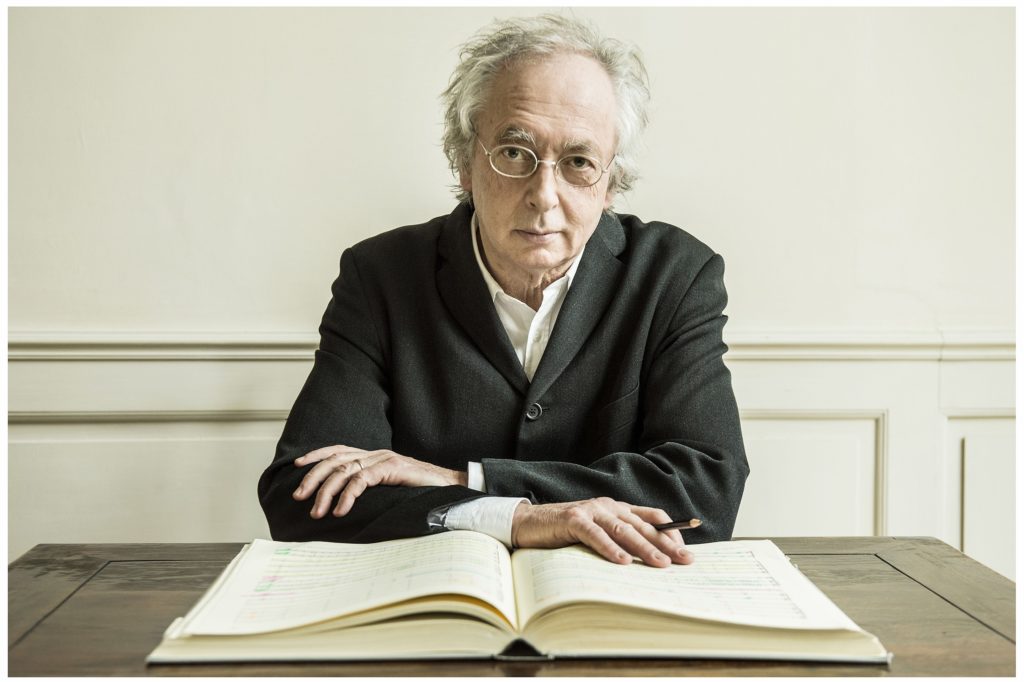It’s October 2019 and Beethoven and Schumann are on the program… the good old days! This blog post has been sitting and waiting for a while and with everything that’s been happening this year, 2019 really feels like a lifetime ago. But before discussing the performance itself, there was something more noteworthy to anybody who (unlike me) isn’t a regular audience member in Zurich. This particular concert was given by the world-renowned Tonhalle Orchester who are otherwise used to performing at the equally venerable Tonhalle concert hall of Zurich. The famous Tonhalle was inaugurated by no other than Johannes Brahms in 1895 and boasts not just its fair share of European musical history but its equally impressive acoustics and architecture.
The original building around the Grosser Saal of the Tonhalle in Zurich was actually known as the Trocadero. Located right by lake Zurich, it was built by the Viennese architects Fellner & Helmer who had also built the city’s opera house. The rediscovery of the baroque style around that time is quite apparent in its former architecture (picture below). Fellner & Helmer were experts in acoustics, and the building’s Grosser Saal was quickly praised as being acoustically excellent.
Known at the time as Neue Tonhalle, it was built as a replacement for the Alte Tonhalle, a building on today’s Sechseläutenplatz right by Bellevue and in front of the city’s opera house. Originally built in 1838/39 for grain storage, it was turned into a music hall in 1867 and ultimately demolished in 1897 after the inauguration of the Neue Tonhalle. Until this day, the place where the Alte Tonhalle stood remains an open square known as Sechseläutenplatz.

Bellevue – Alte Tonhalle, 1895 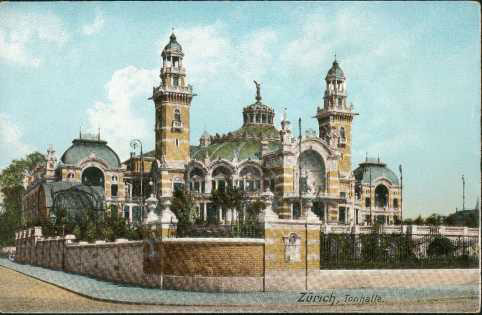
Lake Zurich – Neue Tonhalle, 1895
In 1939, the Trocadero was changed into a congress center (“Kongresszentrum”) for the Swiss National Exhibition. While the two concert halls remained mostly unchanged as protected historic monuments, the exterior changed almost completely. Inspired by a sense of modernism in design and architecture, the exhibition was also intended to defy an aggressive and annexationist Nazi Germany. As World War II erupted shortly after its opening, the Swiss National Exhibition also served as a political-cultural message of patriotic defiance.
The building, which now incorporated the Great Hall and a congress center for multiple uses was equipped with a pipe organ 1988 but hasn’t changed significantly since. As it’s commonly done in Switzerland, plans to replace the Kongresshaus with a new convention center were put to a referendum but rejected by the public in 2008. Later plans were ultimately approved by Zurich’s residents in 2016. In the meantime, the Tonhalle Orchestra moved into the temporary Tonhalle Maag, which is constructed completely out of wood and placed inside an old ship yard hall.
While the Tonhalle is undergoing its gut-renovation, landmark protectionists and all conservatives of the literal sense will be relieved to know that the Great Hall is left looking… exactly the same. That’s because its interior is itself a protected landmark and has not been significantly tempered with since its opening in 1895. Given how difficult it is, even in modern times, to build acoustically superb structures, it’s best to not change a thing once you get it right. Major superficial renovation/ restoration works on the hall already began in 2017, replacing the old organ with a new one.
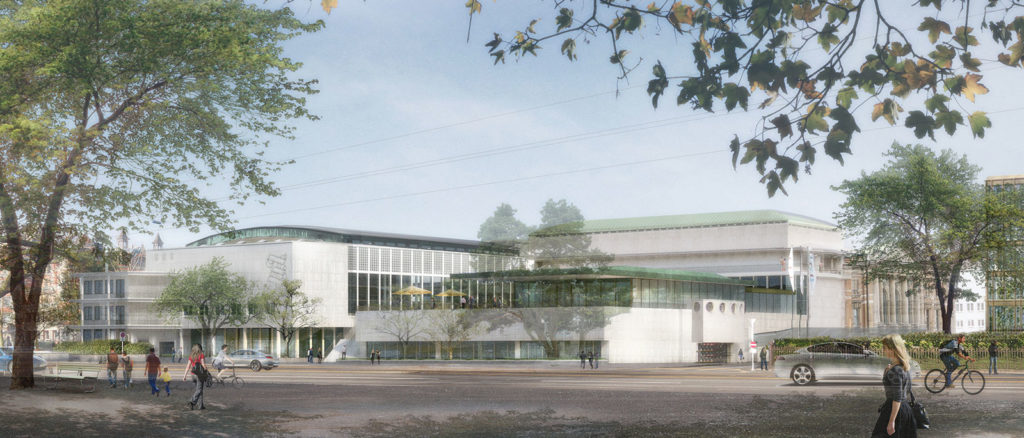
Rendering of the new renovated structure viewed from lake Zurich 
Rendering of the new congress centre’s foyer with a view of the alps 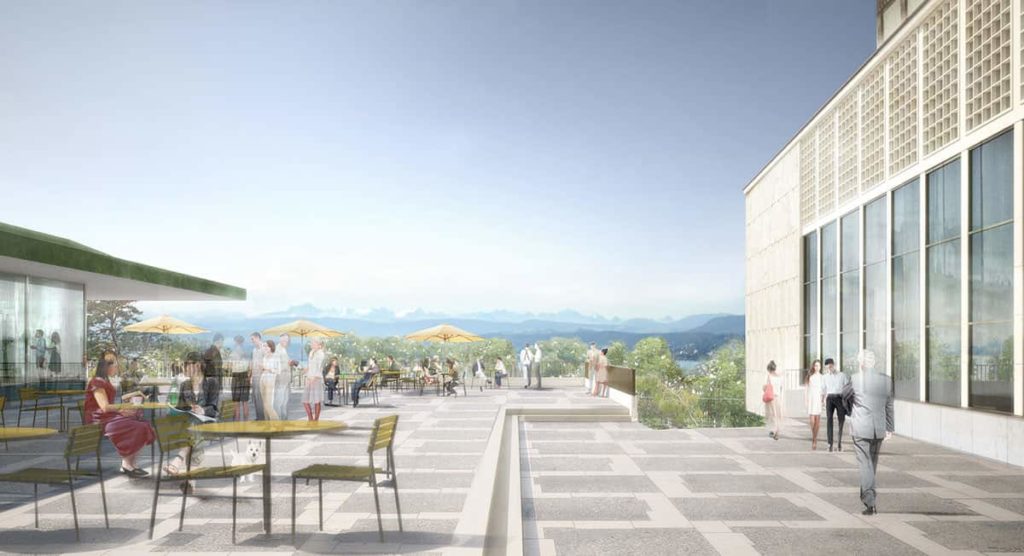
Rendering of the new Tonhalle’s terrace with panoramic views 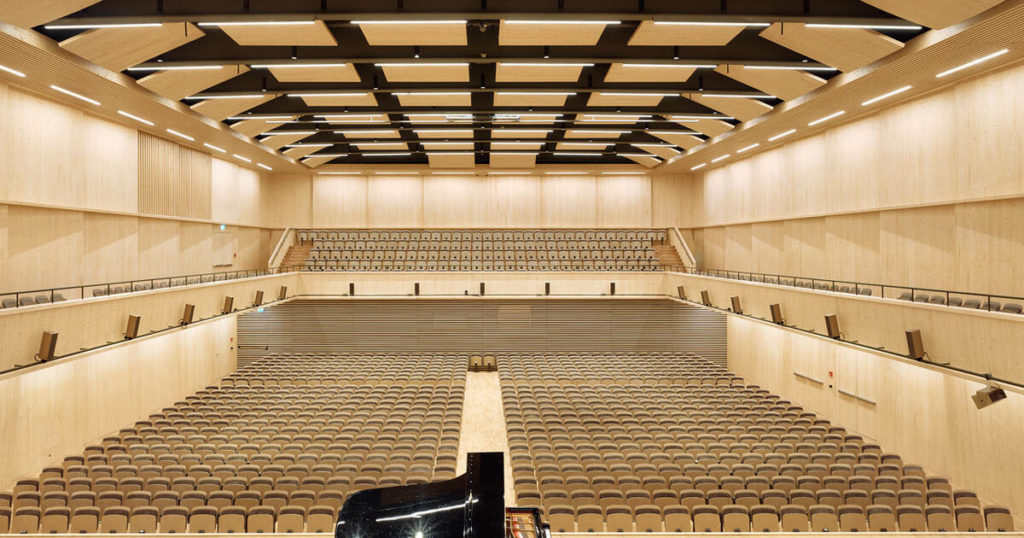
View from the stage of Tonhalle Maag, a temporary structure to house the Tonhalle Orchestra between 2017 and 2021 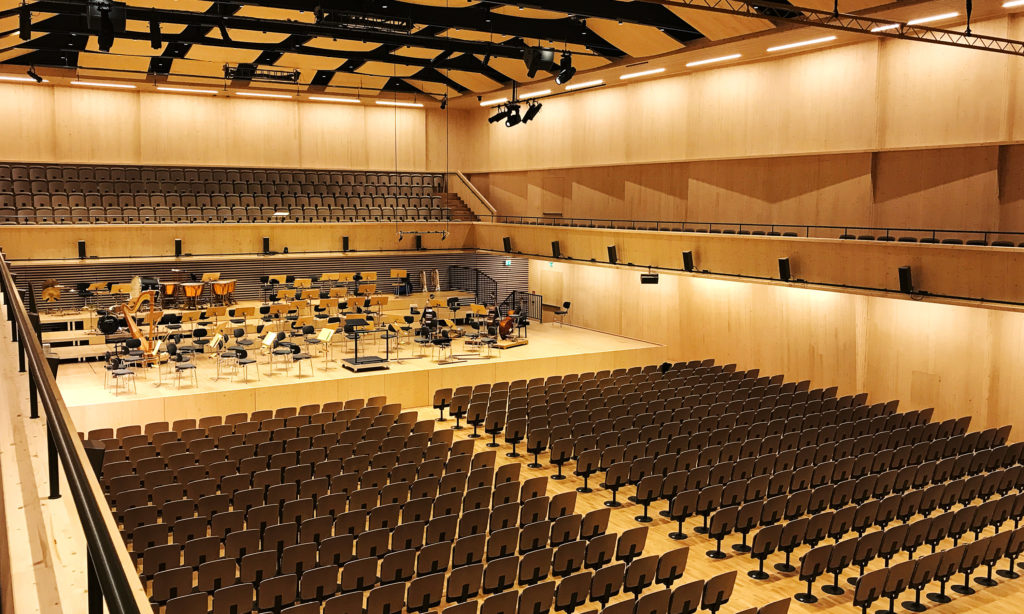
View from the stage of Tonhalle Maag, a temporary structure to house the Tonhalle Orchestra between 2017 and 2021
Pictures of the Tonhalle Zurich over the Years Since its Full Modernisation in 1939.
The total cost of renovations are estimated at around CHF 175 million, most of which are covered by public funds though there are also numerous private donations pooled through a dedicated foundation as well. After 125 years of reliable, nearly uninterrupted service, the Swiss concert hall and its surrounding buildings are one of Zurich’s largest construction sites right at the heart of its city centre.
2019/ 2020 was the Tonhalle Orchestra’s first season with Paavo Järvi as chief conductor. He clearly added a strong Nordic flavour, conducting (and recording) all of Tchaikovsky’s symphonies over the course of the season. As for the concert itself, Philippe Herreweghe conducted Schumann’s Second Symphony with Isabelle Faust having played the Beethoven Violin Concerto for the first half. While missing the famed acoustics of the Great Hall, admittedly, Tonhalle Maag offers a temporary hall that competes with most cities’ permanent structures.
The hall’s wood structure muffled some livelier crescendos and made subtler notes more difficult to hear but these two pieces are almost always a joy to listen to. While Brahms could not have predicted the dramatic changes that were to happen in the world outside of the hall from where he conducted his Triumphlied (Op. 55) over a century ago, he may have been pleased to know that on the inside at least, his view wouldn’t change at all. The Tonhalle stood the test of time and I can’t wait for it to reopen next year. Just in time for concert halls in general to start bringing music back into our lives.
